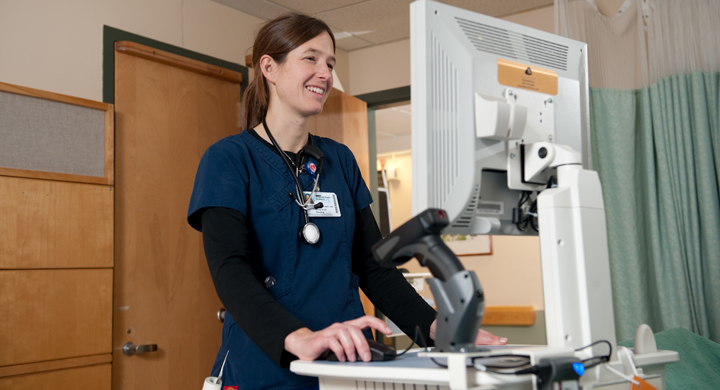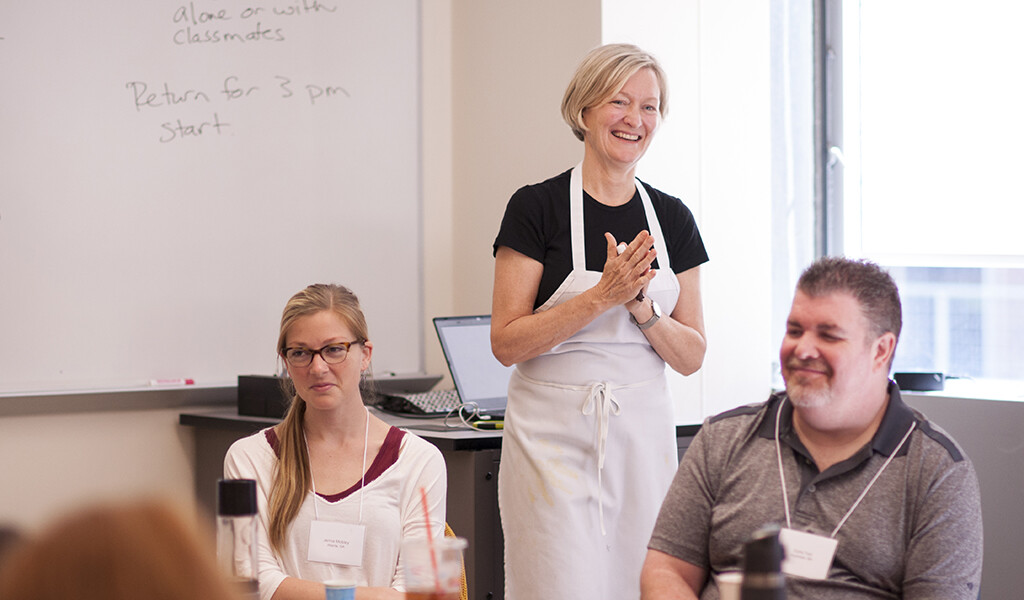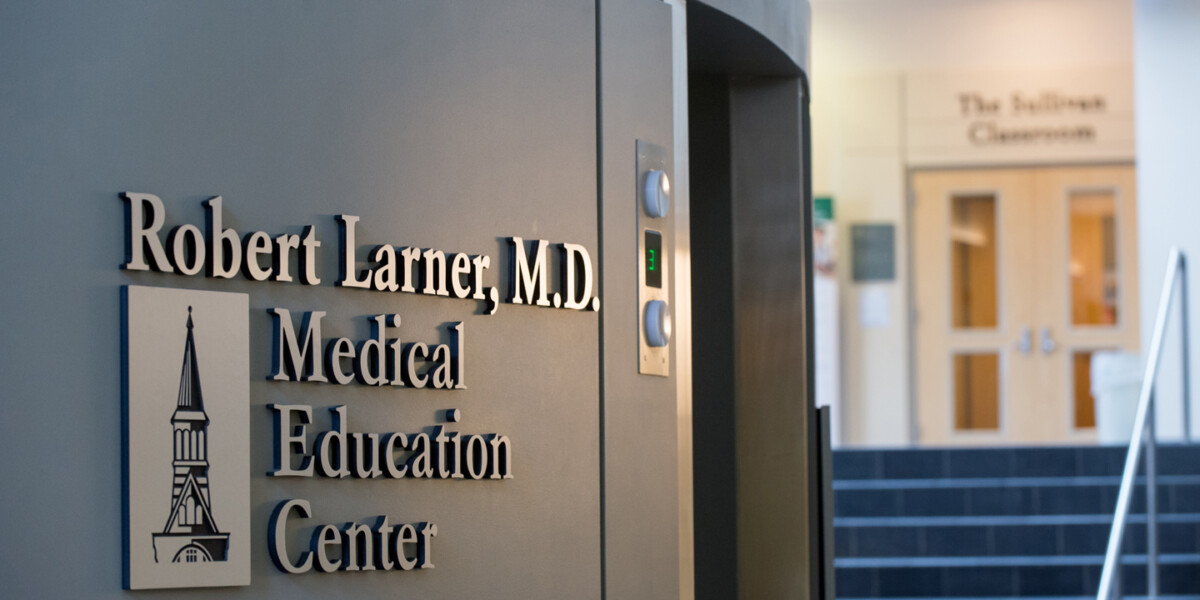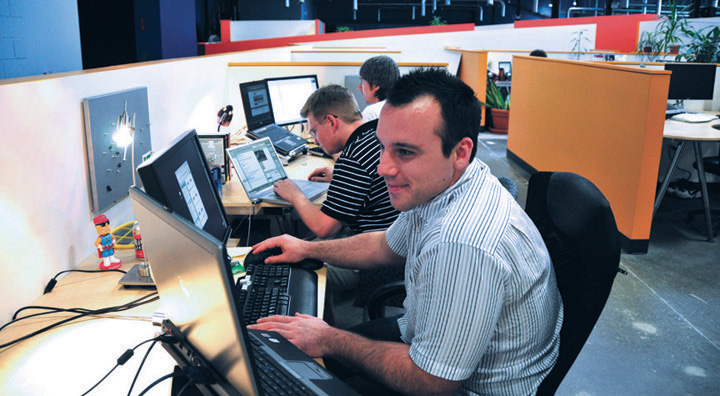By Carolyn Siccama
Never in my life have I been so inspired by creativity all in one place than when I attended the 2015 Destination Imagination Global Finals in Knoxville, Tenn., a few weeks ago. Picture a convention center with 10,000 of the most creative students (Grades 3-16) from around the world. Each Destination Imagination team, made up of no more than seven members, has eight minutes and can spend no more than $175 on their performance, props and materials.
Given those constraints, the beauty and significance of this event is that all of the costumes and props were made out of found objects and trash. Yes, trash. The complex simplicity of it is mind boggling.
This experience was so inspirational for me and made me feel so artistically creative, in fact, that since I’ve been home from Knoxville, I’ve made a few things out of trash and found objects around my home. It is fun to see what organic looking structures emerge, such as a ‘nest’ like item made out of folded and rolled up paper bags, yarn and hot glue, and a ‘tree’ made out of chair cushion foam, wool, puzzle pieces and, yes, hot glue. These are not master pieces of art, but they allow for an outlet of artistic creativity, an opportunity to open my mind to new ideas, a time to allow my mind to wander into a Zen like focus, work with new and different mediums, and to try new things with my hands.
It’s not without challenges. First, I needed to allow myself the time to go for it; there are no right or wrong answers and certainly no mistakes. Second, I needed to have the confidence to start and remind myself that it’s all about the creativity process, not the product.
World-changing ideas vs. everyday creativity
Creativity is complex. It has many facets and some researchers spend their lives studying and trying to define the elements of creativity. What is fascinating is that the focus on creativity is often on the ‘Big C’ creativity – those innovative ideas that change the world, or win the Nobel Peace prize. Those are rare.
Did you know there is also something called ‘little c’ Creativity? Basically, this is defined as everyday creativity, a process in which you may do every day and not realize it. It’s those small ideas and “ah-ha” moments that enrich and enhance our lives.
Little c creativity is the creativity that may be stimulated from your daily interactions in your personal and professional environment, the conversations you have, the sights you see, the people you meet, the big and small problems you solve on a daily basis.
There are many ways to help cultivate creativity and creative problem solving in your personal and professional life.
Let your surroundings inspire you
Use your home and work environment as a source of inspiration and stimulus for creative ideas. Take a different way to work, hang new and different art on the walls, walk through a beautiful flower garden.
Allow yourself to play
Studies have shown that kids who are allowed unstructured play time to invent, imagine, and create their play spaces are more creative. Similarly, for adults, reduced stress as a result of playing can lead to more ideas, enhanced creativity, and increased innovation.
Interact and collaborate with your colleagues
Do you have spaces in the workplace that allow for informal and impromptu conversations to happen? Unstructured and unfocused conversations with colleagues can lead to more creative ideas and solutions.
Do something else
Take a class, sign up for a free Massive Open Online Course (MOOC), attend a conference. Step out of your comfort zone. Keep your mind open to new ideas and new ways to look at the world.
And speaking of doing something else…
Reflecting on the Global Finals experience, even though it was not necessarily a professional development opportunity for me, it gave me a new and refreshed lens upon which I view the world. Was it the event that made me feel so creative (yes, probably) or the fact that I was able to shake up my regular routine and ‘get away’ from the office that helped spark a refreshed body and mind?
Similar sparks of creativity have also emerged after attending other conferences, too. Every time I attend a conference, I come back energized and refreshed with a long list of new ideas that help to spark my creativity both at work and at home. There is something to this, I believe.
Each of these six ideas from creative thinkers to help shake up your work routine involve some type of ‘getting away’ in various forms as a way to spark creativity, including keeping to a schedule, seeking inspiration, stopping while you’re ahead, and taking a mini-sabbatical.
If those aren’t possible in your busy life, then may we suggest you go for a walk. A recent study reports the positive effect of walking and how it helps creative thinking and opens up the free flow of ideas.
I think I’ll go for a walk now!
Carolyn Siccama, EdD, is an instructional designer at UVM Continuing and Distance Education.





